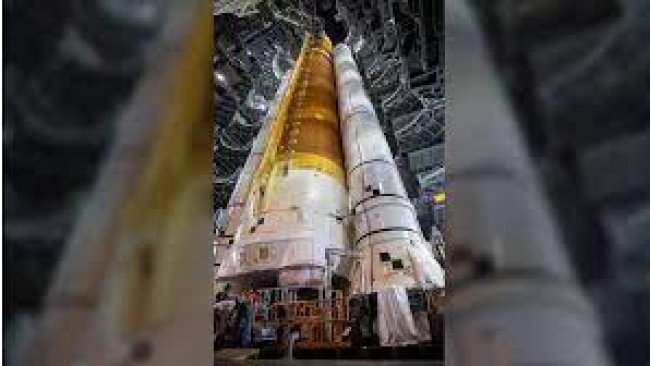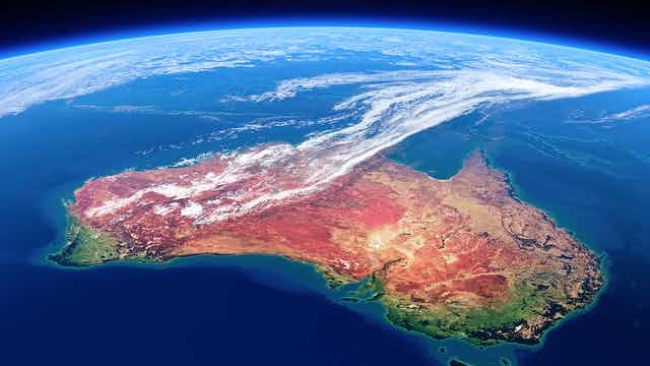'Bulges' in volcanoes could be used to predict eruptions

A team of researchers from the University of Cambridge have developed a new way of measuring the pressure inside volcanoes, and found that it can be a reliable indicator of future eruptions.
Using a technique called 'seismic noise interferometry' combined with geophysical measurements, the researchers measured the energy moving through a volcano. They found that there is a good correlation between the speed at which the energy travelled and the amount of bulging and shrinking observed in the rock. The technique could be used to predict more accurately when a volcano will erupt. Their results are reported in the journal Science Advances.
Data was collected by the US Geological Survey across K?lauea in Hawaii, a very active volcano with a lake of bubbling lava just beneath its summit. During a four-year period, the researchers used sensors to measure relative changes in the velocity of seismic waves moving through the volcano over time. They then compared their results with a second set of data which measured tiny changes in the angle of the volcano over the same time period.
Volcano seismology has traditionally measured small earthquakes at volcanoes. When magma moves underground, it often sets off tiny earthquakes, as it cracks its way through solid rock. Detecting these earthquakes is therefore very useful for eruption prediction. But sometimes magma can flow silently, through pre-existing pathways, and no earthquakes may occur. This new technique will still detect the changes caused by the magma flow.
Source: Pb
Thu 29 Jun 2017 at 08:36




.png)
.png)